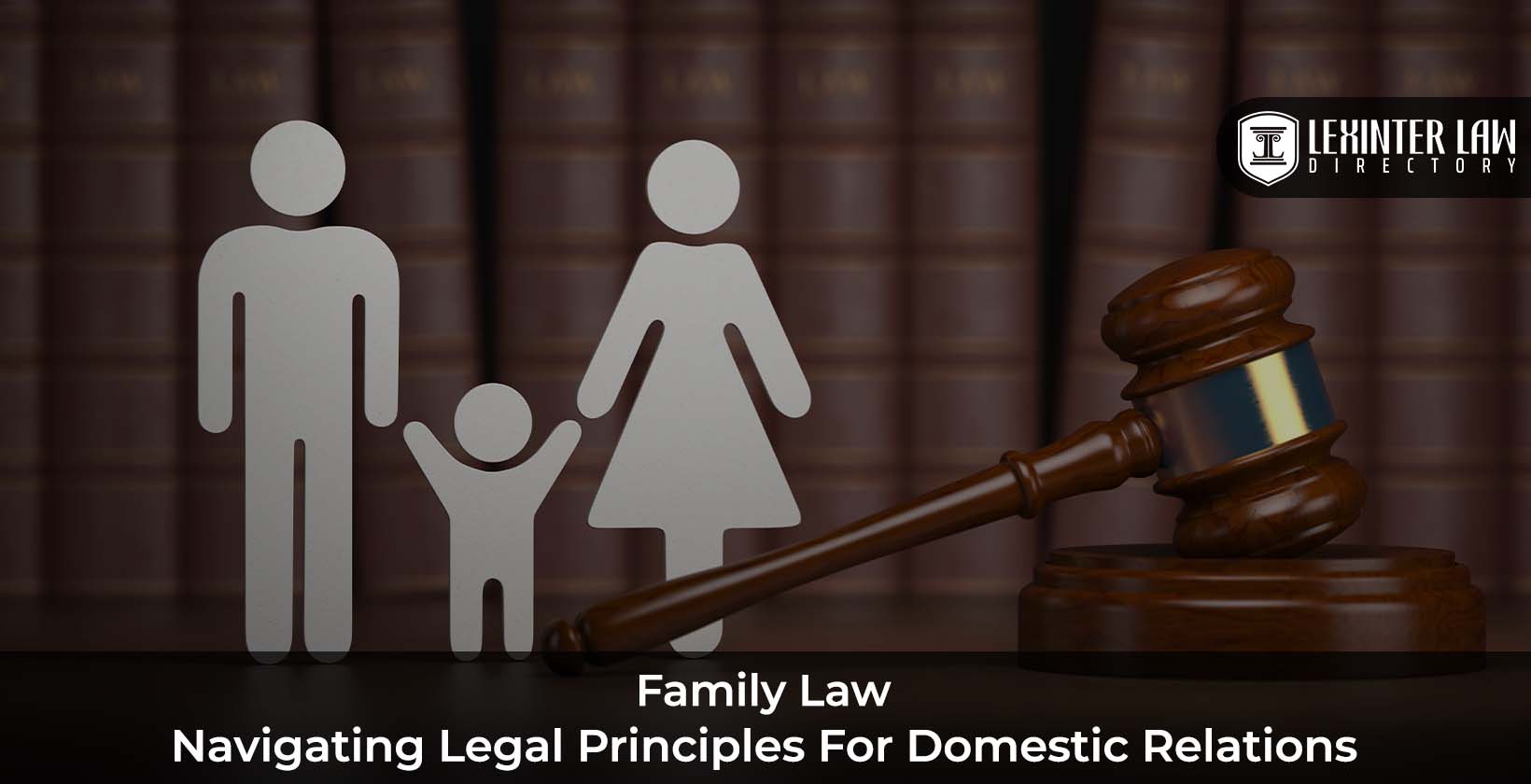**Cars After Accidents**
Driving a car is a part of everyday life for many people and can be a convenient way to get around. However, driving can also be dangerous, especially when driving a car that has been in an accident. According to the National Highway Traffic Safety Administration (NHTSA), over 500,000 accidents occur each year that involve a damaged car. These accidents can result in serious injuries or even death. Even if your car seems “okay” after an accident, it is important not to drive it until it has been inspected by a mechanic.
**The Dangers of Driving Damaged Cars**
Driving a damaged car can be extremely dangerous. Even minor damage can affect the way your car handles, brakes, and accelerates. For example, if your car’s frame has been bent, it can throw off the alignment of your wheels, making it difficult to control your car. If your car’s brakes have been damaged, it can increase your stopping distance, making it difficult to avoid an accident. And if your car’s engine has been damaged, it can cause your car to stall or lose power, leaving you stranded on the side of the road.
In addition to the physical dangers, driving a damaged car can also increase your legal liability. If you are involved in an accident while driving a damaged car, you may be held liable for any injuries or damages that occur, even if the accident was not your fault. This is because the other driver may argue that your damaged car contributed to the accident.
If you are ever in an accident, it is important to have your car inspected by a mechanic before driving it again. A mechanic can assess the damage and determine if it is safe to drive. If your car has been severely damaged, it may need to be repaired or replaced. Don’t take the risk of driving a damaged car. Your safety is worth more than the cost of repairs.
**Cars After Accidents**
After a car accident, there’s a lot to think about. Who’s at fault? How are you going to pay for repairs? What if your car is totaled? And can you legally drive a damaged car? The answer to that last question depends on a number of factors, including the severity of the damage, where you live, and your insurance coverage.
**Legal Consequences of Driving a Damaged Car**
In many jurisdictions, it is illegal to operate a vehicle that has been damaged in an accident without having it repaired.
The logic behind this law is simple: driving a damaged car can be dangerous. If the damage affects the car’s handling, braking, or visibility, it could increase the risk of another accident. Additionally, driving a damaged car could make it more difficult for emergency responders to extract you from the vehicle in the event of another accident.
The penalties for driving a damaged car without repairing it can vary depending on the jurisdiction. In some places, you may be fined or even have your license suspended. However, the potential consequences of driving a damaged car go beyond legal penalties. If you are involved in an accident while driving a damaged car, your insurance company may deny your claim or reduce your payout.
When Can I Drive My Damaged Car?
Even if it’s legal to drive your damaged car, you may not want to. Driving a damaged car can be dangerous, and it could also make it more difficult to sell or trade in your car later on. If you’re not sure whether or not your car is safe to drive, it’s best to err on the side of caution and have it inspected by a mechanic.
If your car has been damaged in an accident, it’s important to take the following steps:
- Pull over to a safe location.
- Call the police.
- Exchange information with the other driver(s) involved.
- Take photos of the damage.
- File a police report.
- Contact your insurance company.
- Get your car inspected by a mechanic.
Once you’ve followed these steps, you can work with your insurance company to determine whether or not your car is totaled. If your car is totaled, you will need to decide whether to accept the insurance company’s payout or to have your car repaired.
Driving a damaged car can be a hassle, but it doesn’t have to be a nightmare. By following these tips, you can help ensure that you and your passengers are safe and that you are in compliance with the law.
**Cars After Accidents: Navigating Safety Concerns**
Every year, millions of vehicles are involved in accidents, leaving behind a trail of damaged cars. While some damages may seem minor, they can potentially pose significant safety risks if left unattended. Understanding the potential hazards of driving a damaged car is crucial for safeguarding your well-being and that of others on the road.
**Safety Hazards of Driving a Damaged Car**
Driving a damaged car can be risky for several reasons. First and foremost, structural damage can severely weaken the vehicle’s frame, making it less capable of protecting occupants in a subsequent crash. Even seemingly minor dents or cracks in the body panels can compromise the car’s ability to absorb impact, increasing the likelihood of serious injuries or fatalities.
Impaired visibility is another major concern with damaged cars. Cracked windshields, broken windows, or misaligned headlights can create significant blind spots and obstruct the driver’s view. This reduced visibility can make it difficult to react to hazards promptly, increasing the risk of collisions.
Additionally, electrical or mechanical damage can lead to unpredictable behavior, such as sudden acceleration or braking, or malfunctioning airbags. This can catch the driver off guard and lead to accidents or exacerbate existing damage. It’s important to note that even hidden damage can impact the vehicle’s performance and safety.
** Assessing Damage Severity**
Not all car damage is equal. Some minor cosmetic blemishes may not pose a significant safety risk, while others can be more serious. It’s important to have a thorough inspection conducted by a qualified mechanic to determine the extent and severity of the damage. They can assess the structural integrity, electrical systems, and mechanical components to provide a professional assessment of the safety concerns.
In severe accidents, it’s essential to assume that the vehicle is compromised until proven otherwise. Even if the car appears drivable, hidden damage may be lurking beneath the surface. A thorough inspection is the only way to ensure that the car is safe to operate.
**Weighing the Risks and Benefits**
Deciding whether to repair a damaged car or sell it as-is can be challenging. The cost of repairs, the severity of the damage, and the safety concerns should all be carefully considered. If the repairs are extensive and the safety risks are significant, it may be more prudent to sell the car for parts or as salvage.
However, if the damage is relatively minor and can be repaired at a reasonable cost, repairing the car may be a viable option. It’s important to prioritize safety and make an informed decision based on the recommendations of a trusted mechanic and the specific circumstances of the case.
Cars After Accidents: What You Need to Know
When you’re in an accident, the last thing you want to worry about is whether or not your car is totaled. But if your car has been damaged in an accident, it’s important to understand the insurance implications of driving a damaged car.
Insurance Implications of Driving a Damaged Car
Insurance companies may refuse to cover damages caused by an accident involving a car that was previously damaged and unrepaired. This is because the insurance company considers the car to be a higher risk. If you’re in an accident and your car is damaged, it’s important to have it repaired as soon as possible. Otherwise, you may be liable for the damages caused by the accident.
Here are some specific examples of how driving a damaged car can affect your insurance:
- Your insurance company may refuse to cover damages caused by an accident involving a car that was previously damaged and unrepaired. This is because the insurance company considers the car to be a higher risk.
- Your insurance company may increase your premiums if you’re driving a damaged car. This is because the insurance company considers the car to be a higher risk.
- You may be liable for the damages caused by an accident if you’re driving a damaged car. This is because the insurance company may not cover the damages caused by the accident.
What to Do If Your Car Is Damaged in an Accident
If your car is damaged in an accident, it’s important to take the following steps:
- Get a police report. This will document the accident and provide you with a record of what happened.
- Take pictures of the damage. This will help you to prove the extent of the damage to your insurance company.
- Get a repair estimate. This will give you an idea of how much it will cost to repair your car.
- File a claim with your insurance company. Your insurance company will investigate the claim and determine whether or not to cover the damages.
Can I Drive a Car That Has Been Declared a Total Loss?
If your car has been declared a total loss, it means that the insurance company has determined that the cost of repairing the car is greater than the value of the car. In this case, you will not be able to drive the car. The insurance company will typically sell the car for salvage and pay you the fair market value of the car.
**Cars After Accidents: What to Do if You’re in One**
Car accidents are never fun, but they happen to the best of us. If you’re ever in an accident, it’s important to know what to do to protect yourself and your passengers. Here are a few steps to take after a car accident:
**1. Pull Over**
If possible, pull over the side of the road as soon as you get into an accident. This will help you avoid further accidents and make it easier for emergency responders to find you.
**2. Call the Police**
If there are any injuries or significant damage, you should call the police. They will create a report of the accident and investigate what happened. You may also need to file a police report in order to file an insurance claim.
**3. Exchange Information**
Once you’ve called the police, exchange information with the other driver(s) involved in the accident. This includes your name, address, phone number, insurance information, and license plate numbers.
**4. Take Pictures**
If you have a camera, take pictures of the accident scene. This will help you document the damage and provide evidence to your insurance company.
**5. Get Medical Attention**
Even if you don’t feel injured, it is important to get medical attention after a car accident. Some injuries, such as whiplash, may not be immediately apparent. If you have any pain or discomfort, see a doctor as soon as possible.
So what should you do if you’re in a car accident and the other driver is uninsured? First, try to remain calm and collected. It’s important to remember that you’re not alone, and there are people who can help.
Cars After Accidents: Navigating the Repair or Replacement Dilemma
Accidents happen, leaving drivers to grapple with the aftermath of damaged vehicles. The road to recovery involves a crucial decision: repair or replace? Understanding the factors at play and seeking expert guidance can help you make an informed choice that prioritizes both safety and financial prudence.
**Repairing or Replacing a Damaged Car**
The severity of the damage dictates the course of action. If the damage is minor, such as scratches or dents, repairs may suffice. However, if the structural integrity of the car is compromised, replacement may be unavoidable. It’s crucial to consult with a mechanic to determine the extent of the damage and the viability of repair.
**Assessing the Cost**
The cost of repair or replacement plays a significant role in the decision-making process. Repairs can be expensive, especially if they involve bodywork or mechanical components. Replacing a car, on the other hand, can be even more costly, especially if the vehicle is new or has a high resale value. It’s important to obtain estimates from both repair shops and dealerships to compare costs and make a financially sound choice.
**Considering Safety**
Safety should be the top priority when making a decision about a damaged car. If the damage has affected the car’s structural integrity or the functionality of key safety features, such as airbags, brakes, or steering, repair may not be sufficient. In such cases, replacement is often the safer option.
**Negotiating with Insurance**
If you have car insurance, you’ll need to work with your insurance company to determine the extent of coverage and payment for repair or replacement. It’s important to understand your policy’s terms and conditions to avoid any surprises down the road. You may also want to consider seeking the advice of an insurance adjuster to ensure you’re getting a fair settlement.
**Making an Informed Decision**
Weighing the cost, safety implications, and insurance coverage will help you make an informed decision about repairing or replacing your damaged car. If you’re still unsure, don’t hesitate to seek professional advice from a mechanic or automotive expert. They can provide an unbiased assessment of the situation and help you navigate the best course of action.
**What Happens to Cars After Accidents?**
Most people have been in a car accident at some point in their lives. It’s a stressful and scary experience, but it’s important to remember that you’re not alone. In the United States, there are over 6 million car accidents every year. That’s a lot of cars that need to be repaired or replaced.
What happens to these cars after they’ve been in an accident? Not all cars are created equal. Some cars are more likely to be totaled than others. Generally, a car is considered totaled if the cost of repairs exceeds the car’s value. If your car is totaled, the insurance company will pay you the car’s value and you’ll have to buy a new one.
**Selling or Donating a Damaged Car**
If the car is too damaged to repair or replace, it can be sold or donated. However, it is crucial to disclose the damage to potential buyers or recipients. There are a few different ways to sell a damaged car. You can sell it to a junkyard, to a private individual, or to a used car dealer. If you sell the car to a junkyard, you’ll get the least amount of money for it. However, it’s the easiest way to get rid of the car. If you sell the car to a private individual, you’ll get more money for it. However, you’ll have to find a buyer yourself and deal with the paperwork. If you sell the car to a used car dealer, you’ll get the most money for it. However, the dealer will likely resell the car to a private individual, so you won’t get the full value of the car.
Donating a damaged car is another option. There are many charities that accept damaged cars. When you donate a car to charity, you’ll get a tax deduction. The amount of the deduction will depend on the value of the car.
Before You Sell or Donate Your Car
Before you sell or donate your damaged car, there are a few things you should do. First, you should get an estimate of the repair costs. This will help you determine if the car is worth repairing or if it should be totaled. Second, you should clean the car and take pictures of it. This will help you get a better price for the car. Third, you should gather all of the paperwork for the car, including the title, registration, and insurance card. This will make the sale or donation process go more smoothly.




Leave a Reply